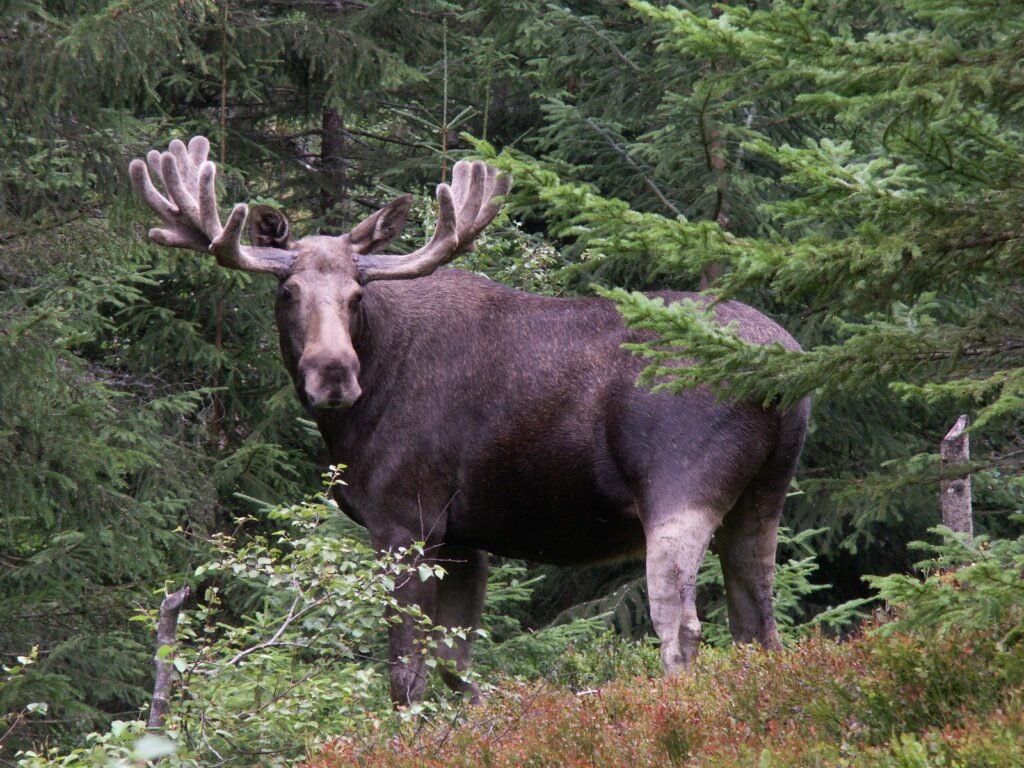Norway’s tranquil forests are home to one of the most surprising natural spectacles you’ll ever hear about. Imagine wandering through a snowy Scandinavian village, only to find a massive moose weaving unsteadily between the apple trees, eyes glazed and legs trembling. It sounds like a scene from a wild folk tale, but it’s happening right now. Every autumn, as apples ripen and fall to the ground, some begin to ferment—turning into a potent, natural brew that Norway’s moose simply can’t resist. The result? A series of hilarious and sometimes chaotic “drunken” moose rampages that have left scientists and citizens both alarmed and amused. But why do these majestic animals keep coming back for more, and what exactly happens when a moose gets tipsy in the wild?
The Curious Case of Fermented Apples
When apples fall from the tree and lie in the damp grass, yeast naturally present on their skin begins to ferment the sugars inside. This process, much like brewing cider, produces ethanol—the same alcohol found in beer and wine. For Norway’s moose, the aroma of these fermented apples is irresistible. In the wild, food can be scarce as the colder months approach, and a pile of sweet, energy-rich fruit is a welcome treat. However, moose aren’t built to handle alcohol. Even a few fermented apples can leave these giants staggering and disoriented, setting the stage for some truly unpredictable behavior.
How Moose Respond to Alcohol
Moose, weighing up to 1,400 pounds, might seem immune to a few “boozy” apples, but their digestive systems tell a different story. Unlike humans, moose have no evolutionary history of processing alcohol, so even small amounts can have a dramatic effect. After consuming fermented apples, moose display classic signs of intoxication: wobbling, stumbling, and even lying down in odd places. In extreme cases, they lose their sense of caution entirely, wandering into towns, backyards, and even climbing into trees or getting stuck in swings as they seek more fruit. Locals have reported moose behaving as if they were “completely out of sorts,” a sight both alarming and strangely comical.
Unintended Encounters with Humans

As the moose lose their inhibitions, they’re more likely to blunder into human territory. Towns across Norway have seen an uptick in moose-related incidents every autumn. Residents have woken up to find a moose on their porch, in their garden, or even blocking traffic. These surprising encounters can be frightening, as an intoxicated moose is unpredictable and easily startled. Emergency services have responded to calls about moose trapped in odd places, such as garden furniture or even inside greenhouses, after a drunken stumble. While these incidents are often resolved safely, they highlight the unexpected consequences of nature’s own fermentation process.
Why Do Moose Keep Coming Back?
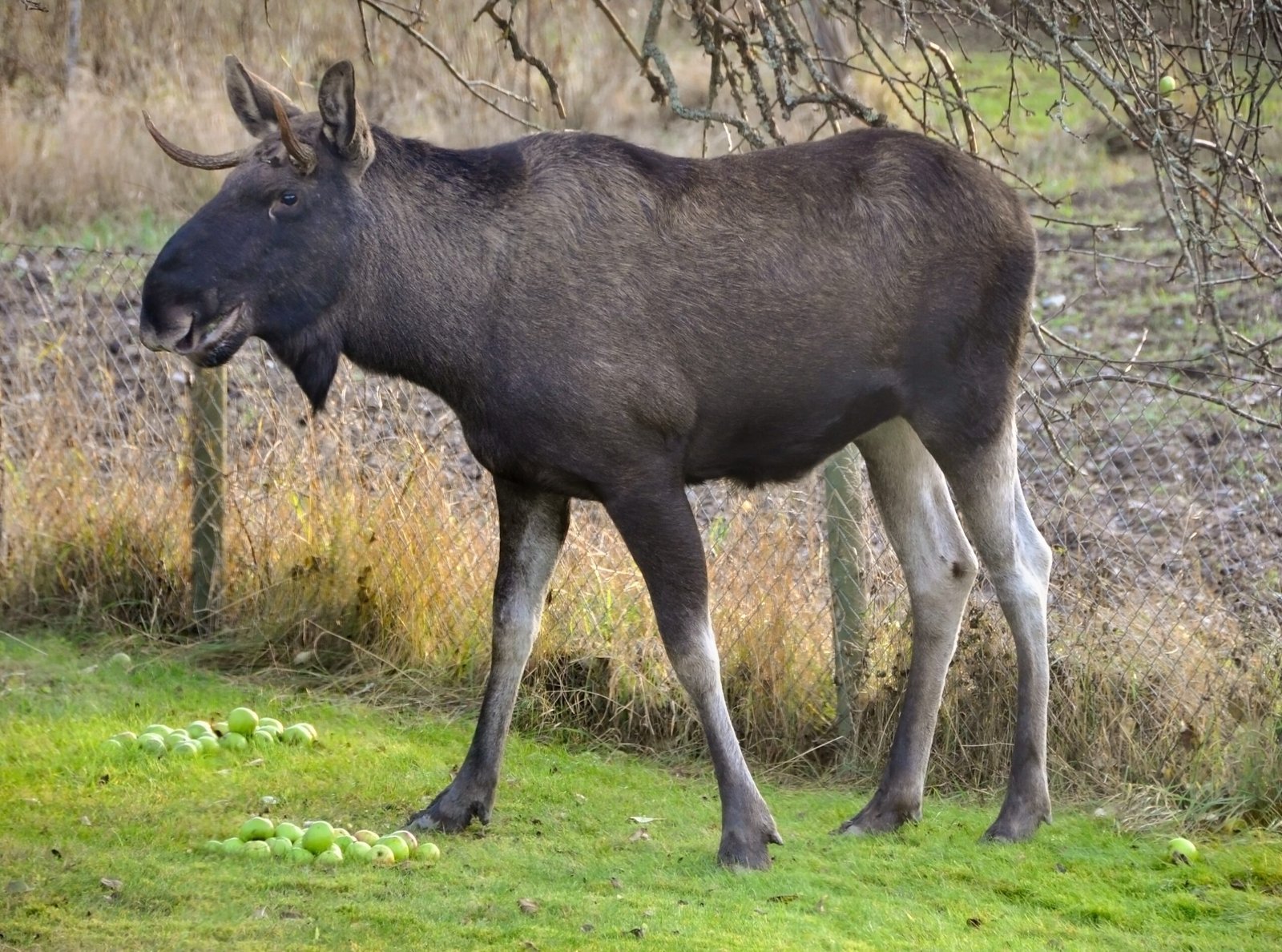
Despite the chaotic aftermath, moose continue to seek out fermented apples year after year. Some scientists believe it’s because the high sugar and calorie content offers a quick energy boost just before winter. Others suggest that, much like humans, animals can develop a taste for the buzz of intoxication. Once a moose has discovered a reliable source of fermented fruit, it’s likely to return, even if it means risking another embarrassing tumble. This behavior has fascinated wildlife biologists, who are studying whether it’s learned or instinctual, and how it might affect moose populations in the long run.
The Science Behind Animal Intoxication
Moose aren’t the only animals with a penchant for fermented fruit. All over the world, creatures from elephants to birds have been observed getting tipsy on naturally-occurring alcohol. The phenomenon, known as “ethanol intoxication,” occurs when animals consume fermenting fruit or nectar. In Norway, the cold climate and abundance of apples create perfect conditions for fermentation, making moose the unwitting participants in nature’s own experiment with alcohol. Scientists are now studying how frequently this happens and whether it poses long-term risks to wildlife health or behavior.
Risks and Dangers of Drunken Moose
While the image of a tipsy moose may seem humorous, the reality can be dangerous for both animals and people. A confused or agitated moose is more likely to wander into traffic, leading to serious car accidents. There have also been cases of moose injuring themselves by falling, getting trapped, or even suffering from alcohol poisoning. For Norway’s emergency responders, autumn brings a unique set of challenges, as they work to safely guide these animals back to the forest before accidents happen. This seasonal phenomenon has prompted calls for better management of apple waste in populated areas.
How Norwegians Are Responding
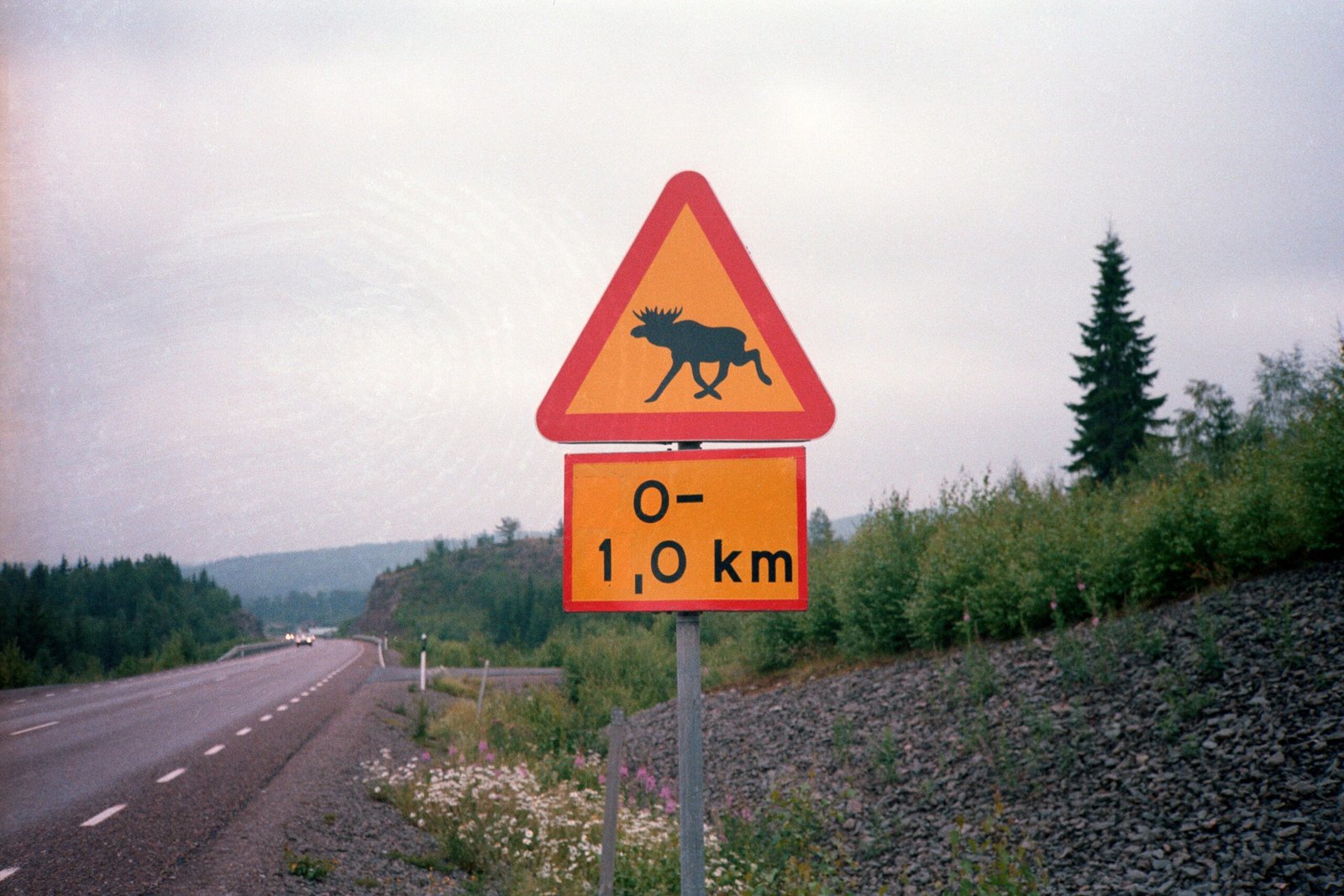
Communities across Norway have found creative ways to deal with their inebriated neighbors. Some towns organize volunteers to collect fallen apples before they ferment, reducing the temptation for moose to visit. Others put up temporary fences or warning signs during peak apple season. Local media often shares tips on how to safely react if you encounter a drunken animal, urging people to keep their distance and call wildlife authorities for help. Despite the challenges, many Norwegians have learned to view these rampages with a mix of caution and humor, sharing stories of their wild encounters with pride.
Moose in Norwegian Culture
The moose holds a special place in Norway’s culture and folklore. Often seen as a symbol of the wild north, these animals are respected for their strength and resilience. The annual episodes of drunken escapades have added a new, somewhat comical layer to their reputation. Children’s books, cartoons, and even local festivals have sprung up around the theme of the “drunken moose,” blending education with entertainment. For many Norwegians, these events serve as a reminder of the unpredictable beauty of living close to nature.
What Scientists Are Discovering
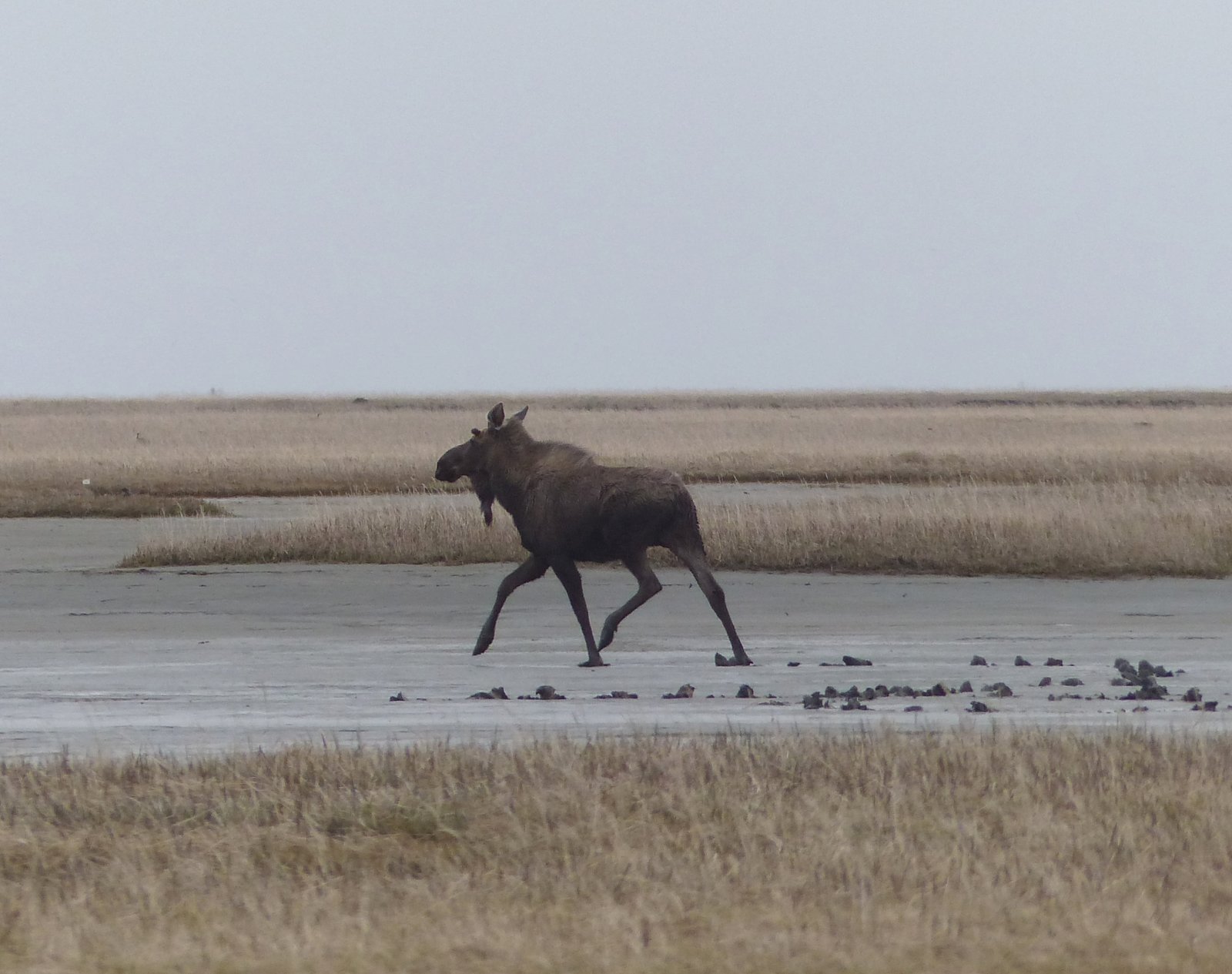
Researchers are eager to understand whether regular exposure to fermented apples could have long-term effects on moose health or behavior. Some studies focus on whether the animals develop a tolerance to alcohol over time, or if frequent intoxication could lead to neurological issues. Others are interested in how these episodes might influence moose migration patterns or interactions with other animals. As technology improves, wildlife biologists are using GPS collars and motion-activated cameras to study these patterns in more detail, hoping to unravel the mysteries behind this odd phenomenon.
What the Future Holds for Norway’s Moose
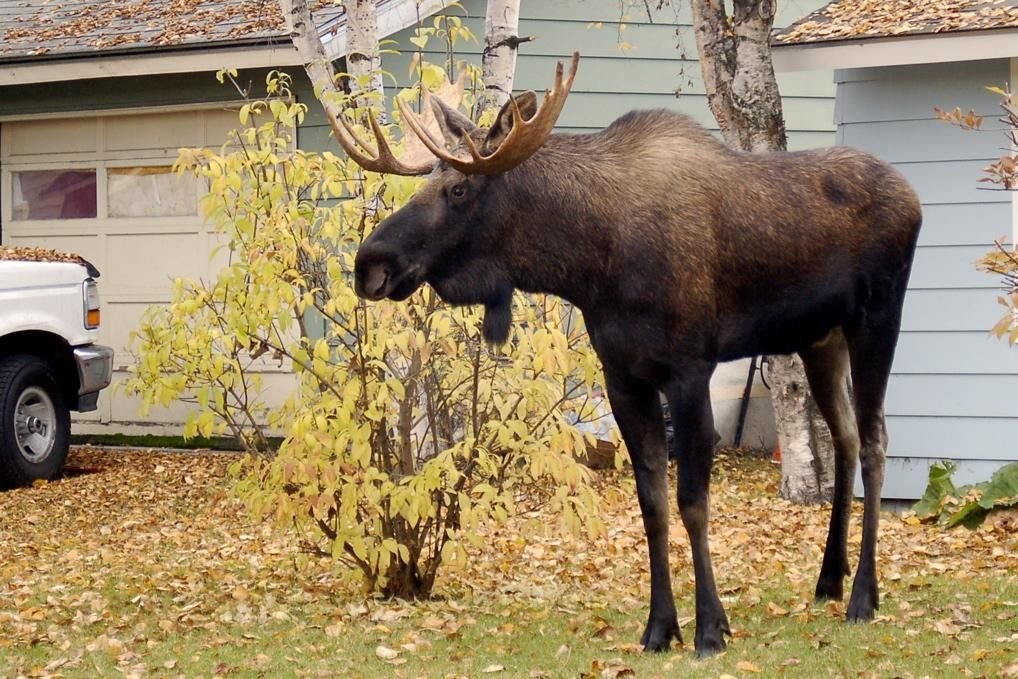
As climate changes and human settlements expand, the intersection between wildlife and urban life is becoming increasingly complex. Warmer autumns may lead to more apples fermenting on the ground, potentially increasing the frequency of moose intoxication. At the same time, Norway’s growing awareness and creative solutions are helping reduce risks for both animals and people. Scientists and citizens alike are working together to ensure that these majestic creatures can continue to thrive, even if their autumn adventures sometimes get a little out of hand.
A Final Reflection
Norway’s drunken moose episodes remind us just how unpredictable and interconnected our world really is. The simple act of an apple fermenting on a forest floor can set off a chain of events that brings wild animals into our lives in the most unexpected ways. It’s a vivid example of nature’s humor, resilience, and complexity—just one more reason to cherish and protect the wild spaces where such stories unfold. Have you ever imagined that a fallen apple could cause such a wild commotion?

